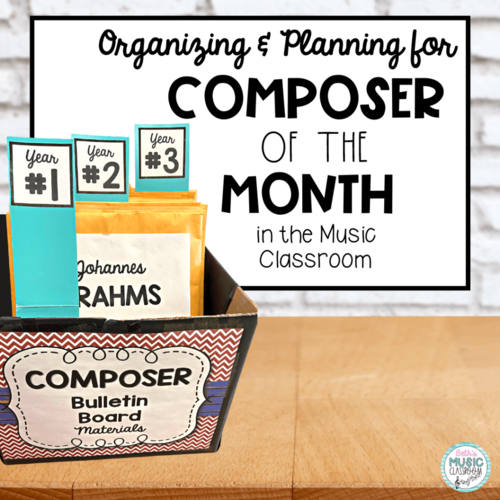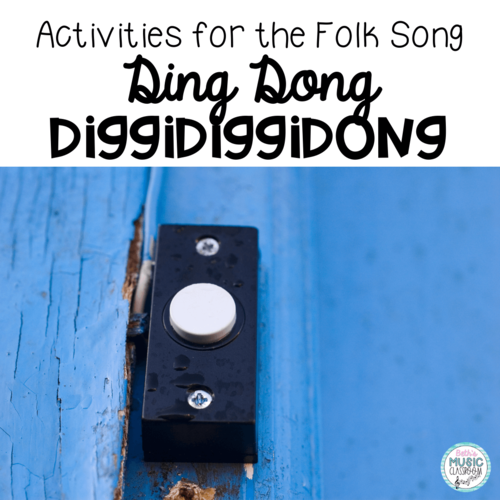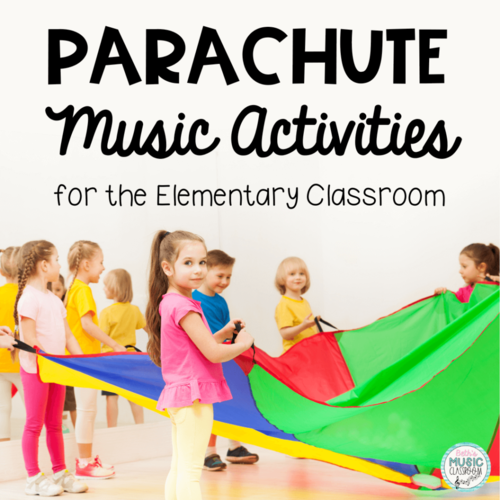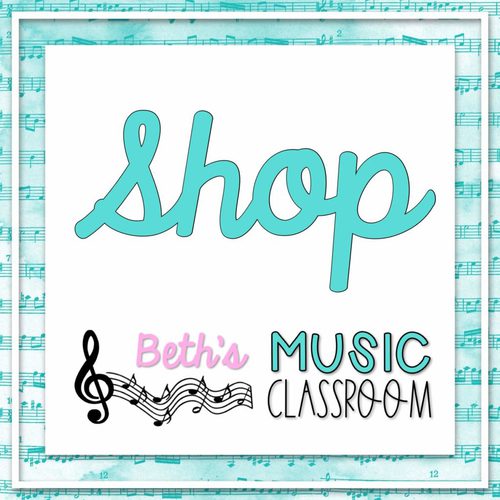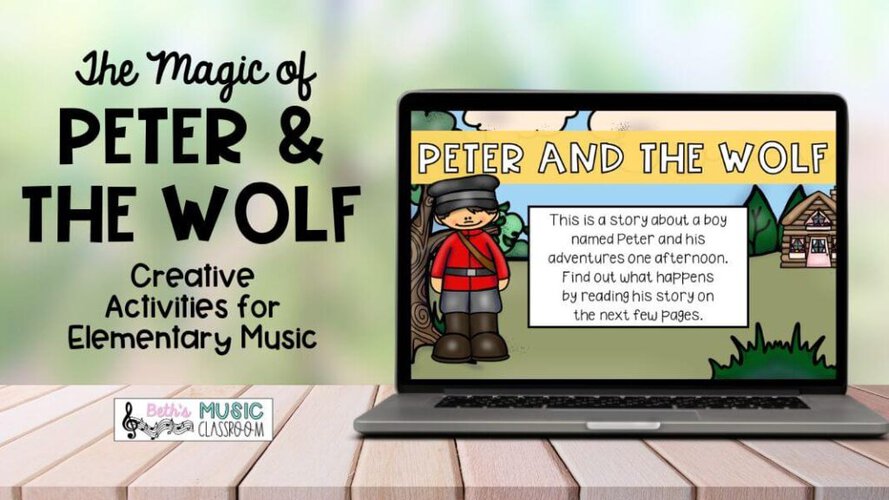
Peter and the Wolf by Sergei Prokofiev is a timeless classic that introduces students to orchestral instruments and musical storytelling. Each of the characters, represented by a different instrument, give options for creating exciting and engaging lessons for young students. In this post, I’ll share five activities you can use to bring Peter and the Wolf to life.
Explore Character Themes and Instruments
One of the most effective ways to help students connect with Peter and the Wolf is by focusing on the character themes and their corresponding instruments. Each character has its own musical motif, which helps students distinguish between the instruments and understand how music can represent different personalities.
Before listening to the piece, introduce each character and the instrument that represents them. I use a Google Slides presentation to introduce the story. I show pictures of each character and instrument, and then we listen to their theme. I explain to my students that every time they hear that instrument/them, it’s like the character is talking.
We also discuss the different sound qualities and animal characteristics. I want my students to think about why the composer used a flute for the bird or an oboe for a duck.
After students have listened to the story and musical version, I love reviewing with a listening game. It’s similar to a 4 Corners game. Designate a space in the classroom for each character. Place posters to remind students of each location (Here’s what I use for a bulletin board and this game). Play a short clip of a theme, and students should walk to the character’s area that they hear. It’s up to you if you want to make it an elimination game or not. Either way, this activity helps students improve their listening skills and instrument recognition.
Recalling Order of Events in Peter and the Wolf
A great way to tie in ELA and Reading is to discuss the order of events in Peter and the Wolf. Reviewing the story order can help students reinforce their understanding of the plot and musical themes. Students can place events in the right order, along with what characters/instruments show up first, second, etc. This helps them link the story to the music in a simple and fun way.
One way to practice story order is by using small cards with a sentence and a picture. Students work alone or in groups to place each card out on the floor in order of the story. I also have used a digital version of this during virtual learning. You can find that here.
Moving Through Storytelling
Incorporating movement into your lessons is a great way to help younger students express themselves and give them a brain break they often need. Movement activities allow students to feel the music and act out the characters’ roles, which makes the lesson more engaging and memorable.
As Peter and the Wolf music is played encourage students to move in ways that match the personality and actions of each character. For example, students lightly flutter around the room when they hear the high flute assigned to the bird. When students recognize the French horn playing the wolf theme, they move in a sneaky, slow, angry way. You could also choose to add in scarves or ribbon wands. If a student has difficulty moving around, let them use a puppet instead. This is a great way to let them adapt the activity to their ability.
Exciting Themed Review Games
I love using the story of Peter and the Wolf as an exciting way to review different musical elements. For example, my students love choosing their favorite character and matching rhythmic or melodic patterns to match it. For example, when one of my students chose the bird, we started by reading the rhythm – you can use any rhythmic elements you are currently practicing. Then we created lyrics to match the rhythm that also told about the bird. Students read “ti-ti ta ti-ti- ta” and added the text “little bird on the flute.”
You can use various other practice games – such as melodics/solf review, vocal exploration, visual or aural recognition of instruments, etc. I love using this in Google Slides with an interactive feel to it. I created a Peter and the Wolf Virtual Field Trip where students can choose where they’d like to go, which character they want, etc. This adds so much interest and excitement to the lesson. This Peter and the Wolf Virtual Field Trip is completely ready to go if you’re looking for a detailed plan to make this wonderful composition come to life.
Adding Instruments to Peter and the Wolf
Finally, let’s look at one last tip for making magic when teaching Peter and the Wolf. Have students perform along with the music by assigning each a specific percussion instrument that corresponds to one character. As they listen to the music of Peter and the Wolf, they can play their instruments to the steady beat (or to a designated rhythmic ostinato) during the character’s theme, reinforcing their connection to the musical motifs.
Peter and the Wolf is a fantastic piece for introducing young students to the orchestra and the idea that music can tell a story. By incorporating focused listening, discussion of instruments, movement, and interactive virtual experiences, you can create a lesson that resonates with students and helps them build connections between music and character.
Looking for an easy way to bring these ideas into your classroom? You can find my Peter and the Wolf Virtual Field Trip resource that includes many of these activities in a ready-to-go format. It’s designed to help students engage with the music, discover the instruments, and explore the story in a creative, interactive way. Click here to find out more.
Looking for other helpful blog posts? Check out this post all about organizing composer bulletin board materials.

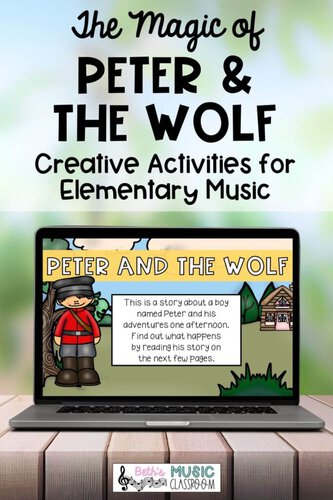
Here’s some other posts you may like.
